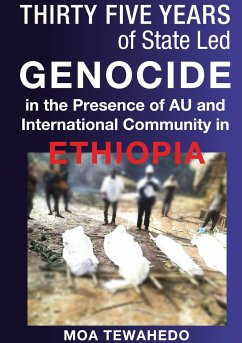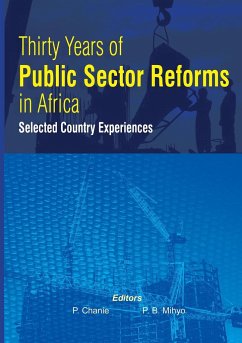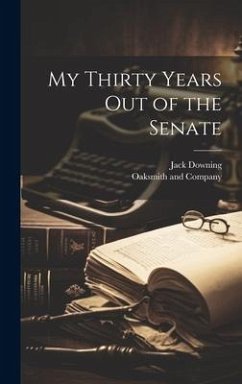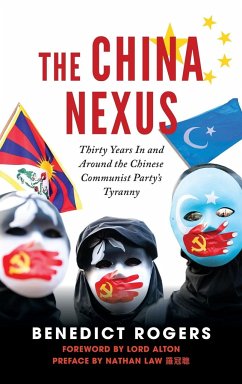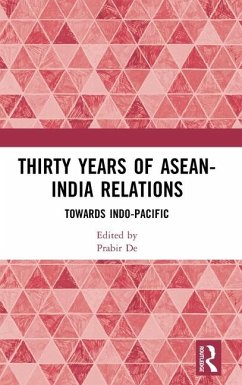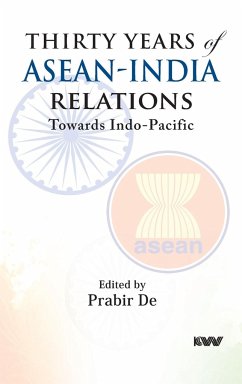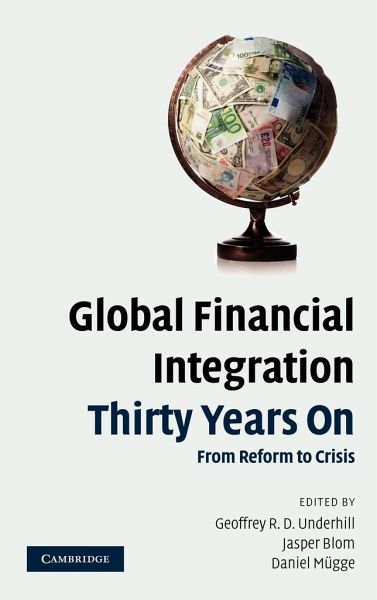
Global Financial Integration Thirty Years on
From Reform to Crisis
Herausgeber: Underhill, Geoffrey R. D.; Mugge, Daniel; Blom, Jasper
Versandkostenfrei!
Versandfertig in 1-2 Wochen
94,99 €
inkl. MwSt.
Weitere Ausgaben:

PAYBACK Punkte
47 °P sammeln!
A policy-relevant overview of the issues and problems involved in devising an effective global financial system for the future.







